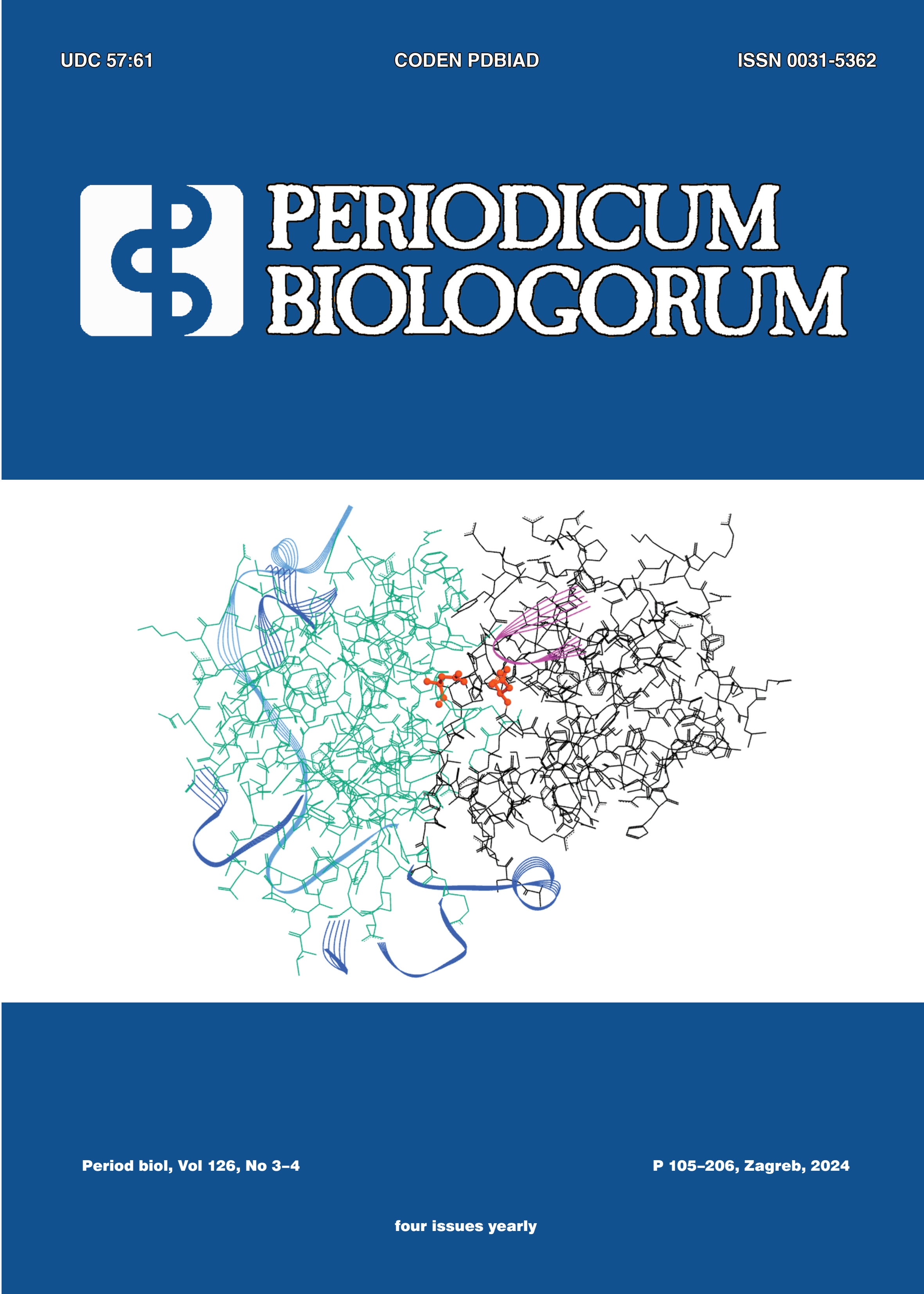Antagonistic effect of unionized ammonia (UIA) and Aeromonas caviae on the hemato-biochemicaland histological responses of Clarias magur
DOI:
https://doi.org/10.18054/pb.v126i3-4.32818Abstract
Background and purpose: Clarias magur (Hamilton, 1822), the Asian or walking catfish, is a high-value fish species in India and Southeast Asia for its taste and nutritional value. The combined effect of ammonia and bacterial infection on C. magur has not been studied so far. Moreover, the mechanism of ammonia-induced toxicity and their adaptability in C. magur is poorly understood. Given this context, a systematic study was devised to examine the individual and combined exposure effect of unionized ammonia and Aeromonas caviae on haemato-biochemical and histopathological changes of different tissues of C. magur.
Materials and methods: A 14-day experiment was conducted to expose the fish to sublethal doses of UIA, A. caviae, and a combination of both. Initially, we have determined the 96-hr LC50 value for UIA in C. magur. During the experimental period, various hematological parameters were tested, such as total erythrocyte count, hemoglobin, packed cell volume, mean corpuscular volume, mean corpuscular hemoglobin, and mean corpuscular hemoglobin concentration. Different biochemical parameters like blood glucose, serum, and tissue urea, serum glutamate pyruvate transaminase, and serum glutamate oxaloacetate transaminase levels and histopathological examination were performed.
Results: The 96-hr LC50 value for UIA in C. magur was 7.21 mgL–1. The 14th day exposure of UIA (2.4 mgL–1), A. caviae (1.53 × 105 CFU mL–1), and their combination resulted in significant decreases in various hematological parameters such as total erythrocyte count, hemoglobin, packed cell volume, mean corpuscular volume, mean corpuscular hemoglobin, and mean corpuscular hemoglobin concentration. Additionally, there were notable increases in blood glucose, serum and tissue urea, serum glutamate pyruvate transaminase, and serum glutamate oxaloacetate transaminase levels in all treatment groups compared to the control. Histological examination revealed significant changes in gill, kidney, and liver tissues, including lamellar fusion, edema, nodular enlargement of lamellar tips, lamellar congestion and curling in gill tissues, cytoplasmic vacuolation, pyknosis, karyorrhexis, karyolysis, and degeneration of renal tubule cells in kidney tissues, and increased vacuolation in hepatocytes, disorganization of hepatic cords, and increased hemorrhage in liver tissues. Interestingly, the combined exposure to UIA and A. caviae resulted in fewer histological alterations than individual exposures. Furthermore, after the 14th day, the group exposed only to bacteria exhibited the lowest relative percent survival compared to those exposed to only UIA and the combination.
Conclusions: This study signifies that there was a negative synergistic or antagonism effect in the fish after exposure
to ammonia and bacteria in combination. This discrepancy indicates that elevated ammonia concentrations might have
restricted the survival of A. caviae or disrupted the infection process. The present study's findings open a new avenue for further understanding the mechanism of ammonia exposure in the direction of an alternative method to combat bacterial infections.
Downloads
Published
Issue
Section
License
The contents of PERIODICUM BIOLOGORUM may be reproduced without permission provided that credit is given to the journal. It is the author’s responsibility to obtain permission to reproduce illustrations, tables, etc. from other publications.


